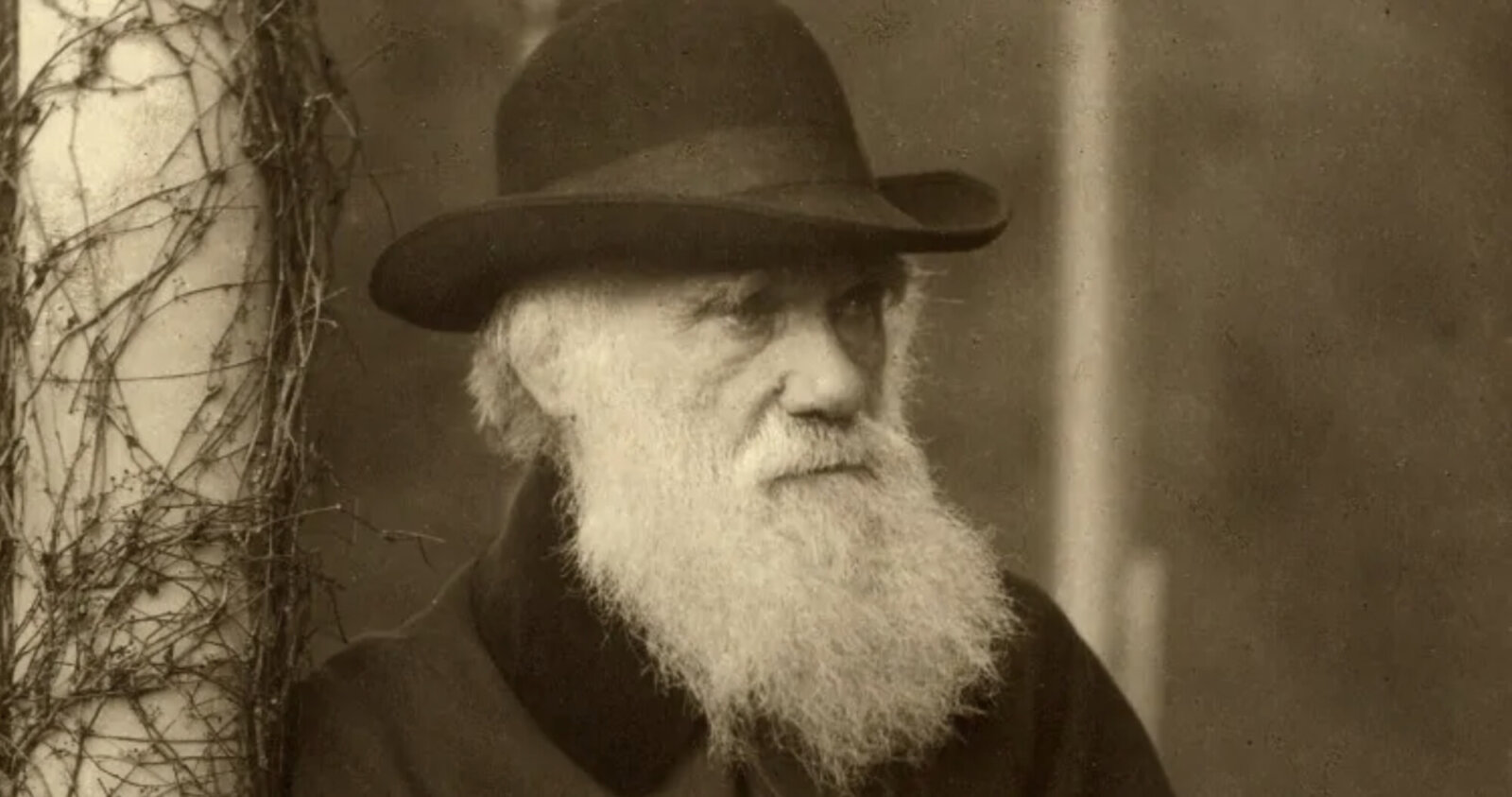
Do You Know Darwin?
Learn how the park celebrated the naturalist’s 214th birthday, plus a special quiz.
This past February, Darwin and his accomplishments were boisterously fêted at China Camp, as Friends of China Camp hosted special events to commemorate International Darwin Day. The annual celebration honors Darwin’s birthday—this year marking the iconic naturalist’s 214th year—and aims to inspire others to, like Darwin, be brave and curious, to think scientifically, and to hunger for truth.
Activities during the multi-day event included a special Junior Ranger program, with kids learning about fossils and rocks from Darwin’s personal collection. The day finished with a birthday cake topped by chocolate volcanoes. Two days later, a presentation for adults included virtual lectures on the importance of Darwin’s findings and the latest research in evolution.
If you missed out on the festivities, fear not! We’re giving you a chance test your own knowledge of Darwin’s adventures and accomplishments. Get all four questions right, and we might just make you a volcano cake!
What famous idea did Charles Darwin espouse?
a) Ancient life forms all started from one sea-dwelling creature.
b) Fossils are evidence that earlier life forms had changed or gone extinct.
c) Transmutation occurs through natural selection.
d) The significance of the affinity of species living on islands to those living on the nearest mainland.
Answer: c. “Transmutation” was Darwin’s original term for evolution. Incidentally, Darwin used A, B, and D to support C.
From 1831 to 1836, Darwin explored the world, traveling aboard what ship or ships?
a) The Mayflower
b) The HMS Beagle
c) The Niña, the Pinta, and the Santa Maria
d) The Queen Mary
Answer: b. The HMS Beagle, an 88-foot-long ship belonging to England’s Royal Navy, was originally outfitted with 10 guns before being turned into a surveying vessel.
What species did Darwin study on the Galápagos Islands that significantly contributed to his landmark research on evolution through natural selection?
a) Marine iguanas
b) Land tortoises
c) Penguins
d) Finches
Answer: d. Darwin discovered that finches’ beaks adapted to the food sources of each island, for example, larger beaks for cracking hard nuts on one island, versus narrower, pointy beaks for an island with small seeds.
In 1858, Darwin discovered that another naturalist, Alfred Russel Wallace, was coming up with similar theories about evolution. What groundbreaking document did Darwin rush to get published before Wallace could publish his own findings?
a) On the Origin of Species by Means of Natural Selection, or the Preservation of Favored Races in the Struggle for Life
b) Journal of Researches into Natural History and Geology of the Countries Visited During the Voyage of the HMS Beagle
c) Natural Selection and Which Truly Came First: the Scientific History of the Chicken and the Egg
d) No Man’s a (Galapagos) Island
Answer: a. Alfred Russel Wallace did go on to share his own scientific theories, most notably his pioneering work on what would become known as “evolutionary biogeography,” the science that seeks to explain the geographical distribution of organisms.
How did you do?
- 4 correct: You’re a natural naturalist!
- 2-3 correct: Study up! Plan a trip to the Galàpagos and take your notebook.
- 0 correct: Uh oh, time to evolve.
—by Harold Hirsch

